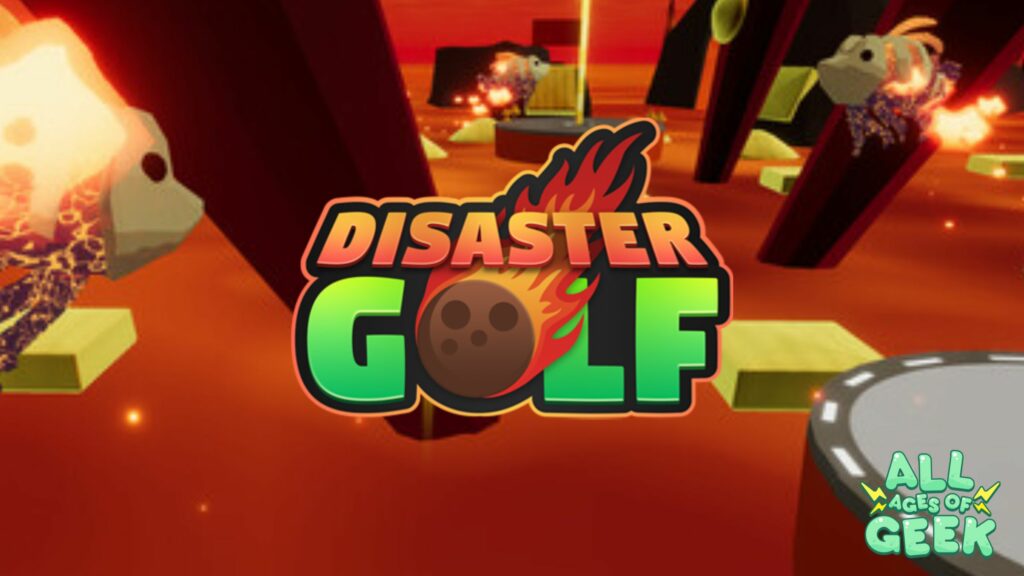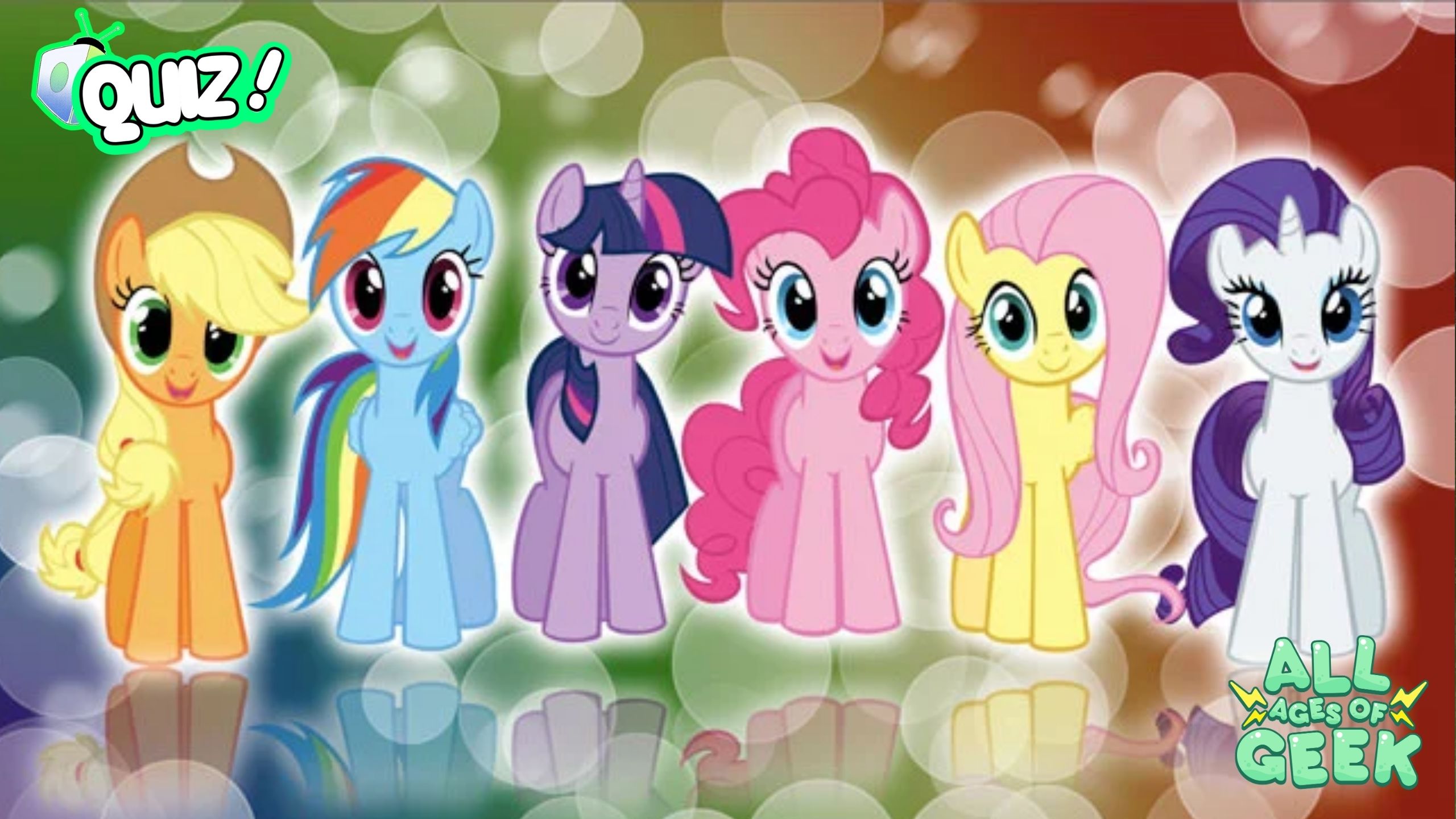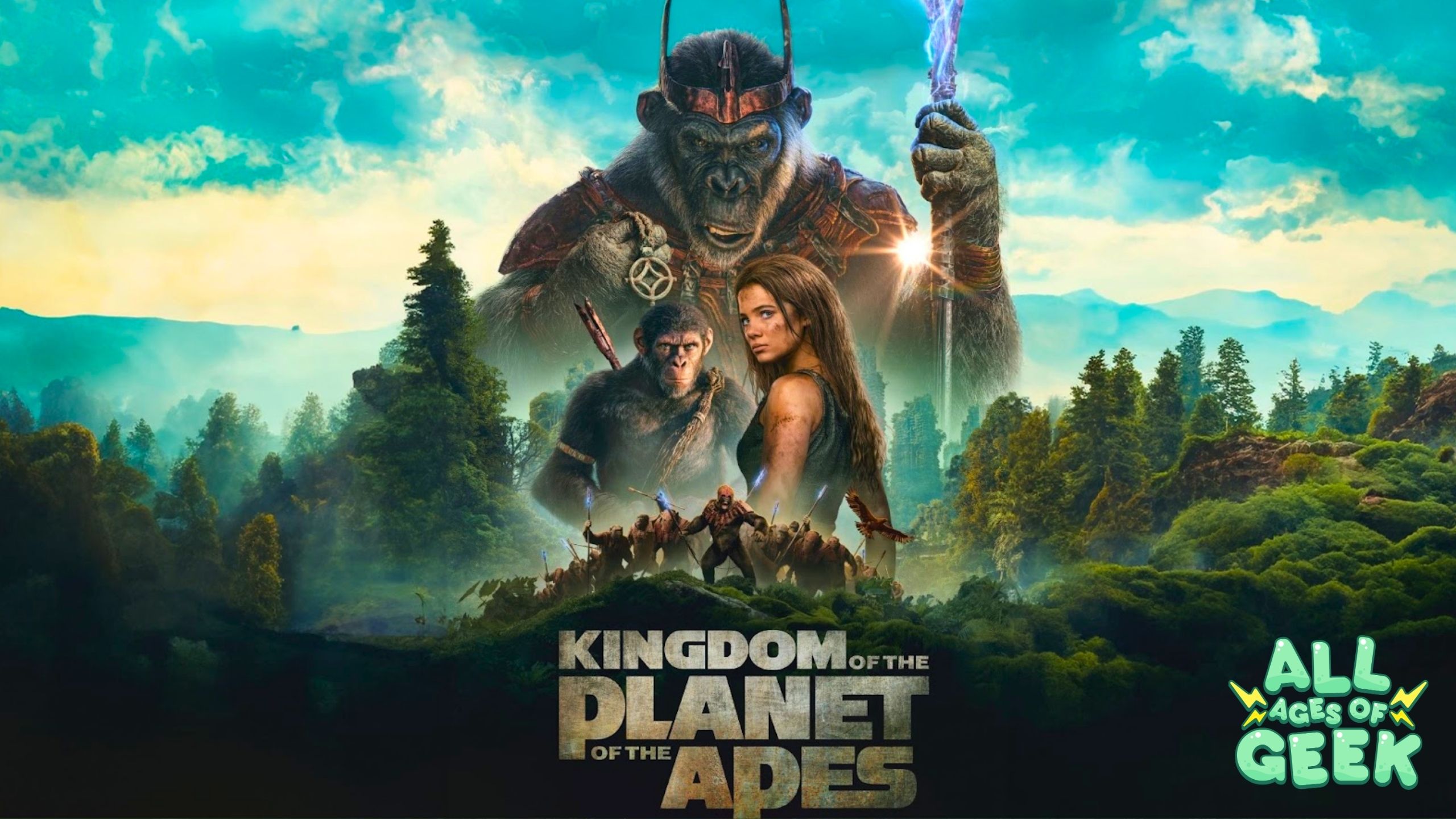We had the pleasure of interviewing the team at Hippo Havoc. Also known as the creators of Disaster Golf. Check out our podcast interview as well!
What inspired the unique combination of genres in “Disaster Golf”?
- TJ
- “Disaster Golf” originally came from the concept of creating a golf game where the player controls the weather to move the ball instead of using golf clubs. From there, the idea built up levels of ridiculousness to using meteors and lightning bolts to guide the ball around gigantic hippos trying to eat it on the way to the hole.
- Kyle
- We were tasked with creating multiple prototypes in our senior capstone prototyping class. We were all trying to be creative in the ideas we had for our games, and Disaster Golf was one of the prototypes developed.
- We were tasked with creating multiple prototypes in our senior capstone prototyping class. We were all trying to be creative in the ideas we had for our games, and Disaster Golf was one of the prototypes developed.
Can you share the main influences behind the game’s art style?

- Ashley
- One of the biggest influences was the level of experience of our artists at the start of the project. Most of us hadn’t worked on a fully 3D game yet, so we decided that a simpler low-poly style would be a good choice for us. The cell shaded style added to the low-poly look while helping bring a bit of depth to the whole style.
- Doug
- I’m going to answer this from a technical and project management end. We didn’t have many artists in general, so we were limited in how much could be done. The low-poly style helped with that, as it allowed the artists to get more done. On the technical end, of the small artist pool we only had 2 tech artists, so our use of shaders and other fancy effects was even more limited. We decided to give the disasters the bulk of the VFX time, at the cost of other areas being more traditionally textured and animated. And the short amount of artists in general lended itself to a flat, cell-shaded texture look.
- I’m going to answer this from a technical and project management end. We didn’t have many artists in general, so we were limited in how much could be done. The low-poly style helped with that, as it allowed the artists to get more done. On the technical end, of the small artist pool we only had 2 tech artists, so our use of shaders and other fancy effects was even more limited. We decided to give the disasters the bulk of the VFX time, at the cost of other areas being more traditionally textured and animated. And the short amount of artists in general lended itself to a flat, cell-shaded texture look.
What games or media influenced the development of “Disaster Golf”?
- TJ
- Some of the more speedrun-oriented features in “Disaster Golf” took inspiration from racing games like Trackmania and Mario Kart. With the race mode and ghost ball in particular, we wanted to provide opportunities for players to improve their time and move their way up the leaderboard by learning from other players’ strategies.
What were the biggest hurdles faced during the development process?

- Kyle
- During capstone, keeping track of everything that was going into the game was challenging. I often was surprised to see a feature get into the game because I had no clue it was being worked on. After Capstone, the most difficult thing for me became managing my full time job and development of Disaster Golf.
- Doug
- Communication and making sure everyone was on the same page for sure. This project started as a team of ~30 people, and coordinating them all was a project in its own right. When there are that many people, decisions get made in small teams or groups, and aren’t always shared with the rest of the team. This can, and did, lead to the things like level designers wondering why the heck the sky is purple, it was supposed to be red, but they never told the artists they changed their minds after the meeting last week.
- Ashley
- Scope was another big issue we’ve encountered throughout development. We started out with grand, optimistic ideas of how much we could accomplish that were unrealistic with the time we had to work on it. The same thing happened when our team consolidated down to four members. We’re still coming up with dream features we’d like to add to Disaster Golf, but most of them will take a good bit of time and effort to actually implement.
How did you overcome these challenges?
- Kyle
- Establishing expectations, providing updates on Discord to keep track of progress, and splitting off into sub teams to divide and conquer the product backlog.
- Doug
- The communication issues were resolved in two ways. The first way was the team shrinking from 30 to 4 after graduation, that reduced the number of people to be informed and moving parts immensely. The other way was while we had 30 people, and that was a combination of regular, dedicated cross-subteam meetings to ensure the lag time between decisions getting made and that information being relayed was as short as possible, and dedicated people to relay important information outside of these meetings. The dedicated information carriers meant each subteam could focus on their own thing, and could trust whenever one of these carriers said a change happened that it was approved by the appropriate people already.
- Ashley
- When our team was larger, we tended to tackle scope creep by discussing which features are the most important or essential to the game as a whole and which are optional or unnecessary. For example, during our capstone, we decided that our best trade-off was to reduce our level count and allocate that time to ensure our existing levels were the best they could be. As a four person team, we’ve been able to talk through what the process of adding any given feature would look like for us. How much of our systems would have to be rewritten to accommodate it, any limitations we can see on its design, the amount of art or UI work needed for it, and the team’s upcoming schedules are all huge factors when deciding whether we should take on a new idea. And if we realize early on that a feature will take a lot longer than expected, we can always reassess to determine if it’s worth pursuing.
What aspect of “Disaster Golf” are you most proud of?

- Doug
- I’m most proud of the ghost ball system. The way Kyle implemented the position recording is very versatile (and can record any object, not just the ball), and it’s a joy both to work with, and to play against in game. Integrating that with the Steam leaderboard is something I did, and that was a fun challenge that I am incredibly happy with and proud of the result.
- Kyle
- The best part about Disaster Golf for me has been working with the current team to actually release the game. The whole publishing experience was really eye opening to me, and when it came time to hit the launch button I was very excited. This project has definitely prepared me for working on future games now that I know more about the entire development process.
- TJ
- I’m really proud of the disasters and gameplay of moving the ball around using them. We created a movement system that is satisfying to master, which gives the game a great base to work off of with each individual hole.
- Ashley
- I’m extremely proud of how the environmental art has improved across the development of the game. During college, it definitely felt like a hodgepodge of different colors and styles, but over time, it solidified into a stylistically cohesive palette.
What advice would you give to someone starting in game development?
- Doug
- Make as much stuff as you can. And once you’ve made it, share it. No amount of reading books, getting teachers and mentors, or theorizing will improve your skills faster than sitting down and making something. It can be analog, digital, or anything else as long as others can play it. And once they do, take their feedback and incorporate it into the next thing you make. Actually making games and experiences will show you firsthand the design, code, art, sound, UI/UX, marketing, and all other aspects of game development and how to either do them yourself, or work with others to do them.
- Kyle
- Learn as you go. Don’t worry about getting everything perfect the first time, or thinking you need to know all there is to know about game development before you really get started. Start small and grow your skill set alongside your project.
- Ashley
- Absolutely take advantage of the vast quantity of tutorials and documentation out there on the internet. If you’re encountering a bug in one of the programs you’re working in or want to try something new but can’t quite figure out how to do it, someone has likely done it and documented it before.
How does the environmental exploration, and different course pathing elements in “Disaster Golf” enhance the player’s experience?
- TJ
- One of the things I focused on for course pathing, especially in the volcano level set, was trying to create unique obstacles that incentivize the use of different disasters. Each disaster is good at moving through different types of obstacles, so having a variety of hazards on each level gives the players opportunities to experiment with which set of disasters lets them reach the hole fastest.
In terms of gameplay, how do you balance the speed and hybrid sports elements?
- TJ
- Golf is typically known as a slow sport, but “Disaster Golf” turns that idea on its head. A lot of what people find boring about golf is the downtime – waiting for the ball to stop after hitting it being a main driver of that lull in the action. We created a unique, fast-paced take on golf where the player doesn’t need to wait for the ball to stop to make their next move, helping players to be fully engaged the entire time they are playing.
What future developments can players expect from “Disaster Golf”?
- Releasing an OST, new game modes
Where can folks support your work?
- Hippo Havoc
- Check out our game on Steam, and join our Discord server!
- Discord: https://discord.gg/UNApuJcyxr
- Steam: https://store.steampowered.com/app/2575960/Disaster_Golf/
- Kyle:
- Ashley:
- Doug
- TJ:
—










